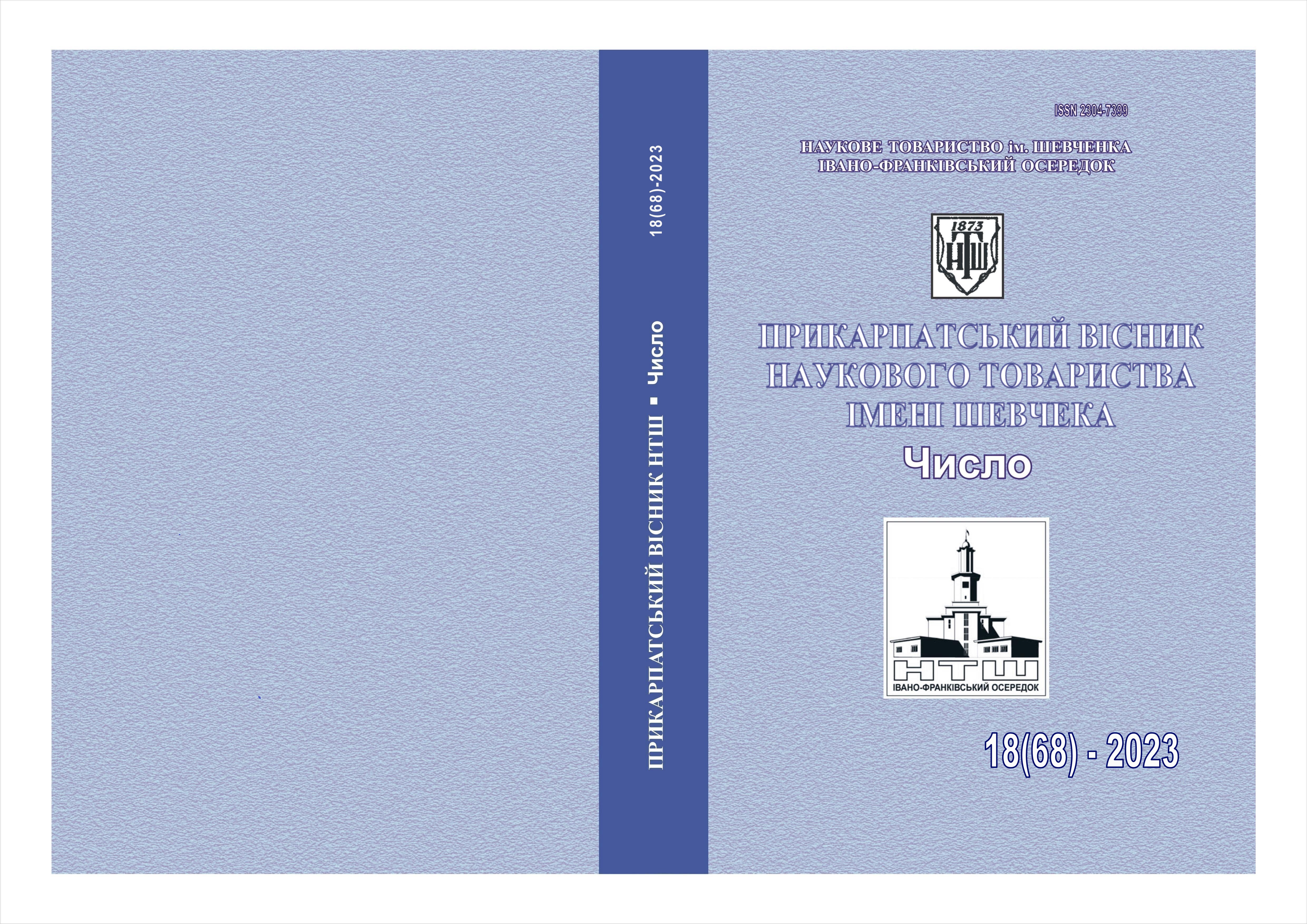GENERAL PRINCIPLES OF FORECASTING THE RELIABILITY OF COMPLEX TECHNICAL SYSTEMS IN THE OIL AND GAS INDUSTRY
DOI:
https://doi.org/10.31471/2304-7399-2023-18(68)-146-156Keywords:
reliability, technical systems, pipeline transportation, failure, forecasting, risk.Abstract
In the oil and gas industry, various high-risk facilities operate, among which pipeline systems occupy a leading position due to their specific characteristics (structural, technological, operational conditions, etc.).
Pipeline systems, distributed over a large area, are characterized by a high level of risk of emergencies. Therefore, the risk analysis of accidents and failures, the main essence of which is to identify hazards and assess the possibility of their occurrence, is a crucial part of the industrial safety management system of technical systems (TS) [1]. One of the main tasks of this system is to prevent the possibility of accidents and failures, i.e., to ensure reliability. The authors emphasize the importance of assessing the reliability of high-risk objects, both when put into operation and during their operation. It is noted that reliability management during the operation stage can be carried out by determining the optimal allowable deviations of structural parameters of the technical condition and other measures. The paper provides an overview of key quantitative reliability indicators, such as the reliability function and the "unreliability function," and discusses their significance in determining failure probabilities and life-to-failure. Changes in failure intensity according to the Weibull distribution and the exponential distribution law are examined in detail. Reliability indicators for non-repairable systems include the probability of non-failure operation, failure intensity, and mean time to failure, while maintainability indicators for repairable systems are the probability of recovery and mean recovery time. The comprehensive indicator of the reliability of repairable systems is determined through the coefficient of operational readiness. The conclusions of the paper highlight the importance of using statistical data and reliability indicators to assess systems and components, in particular the oil and gas pipeline systems in Europe, which have significant importance for industrial safety and the reliability of technical facilities.
References
Міжнародний стандарт ISO 45001 – Менеджмент системи професійного здоров'я та безпеки URL: https://www.iso.org/ru/news/ref2271.html.
Грудз В.Я., Тимків Д.Ф., Михалків В.Б., Костів В.В. Обслуговування і ремонт газопроводів: монографія. Івано-Франківськ: “Лілея – НВ”, 2009. 712 c.
Говдяк Р.М., Коснирєв Н.М. Кількісний аналіз аварійного ризику газотранспортних об'єктів підвищеної небезпеки. Львів: “Кальварія”, 2007. 158с.
Костанян В.Р., Горобинський С.В. Визначення ризиків виникнення нештатних ситуацій на технологічних об’єктах газотранспортної системи. Нафтова і газова промисловість. 2011. №3. С.50-53.
Радецький Й.І., Горобинський С.В., Костанян В.Р., Удосконалення системи управління безпеки виробництва підприємств нафтогазового комплексу. Нафтова і газова промисловість. 2012. №6. С. 16-20.
Герасименко Ю. М. Методика моніторингу стану промислової безпеки ГТС. Трубопровідний транспорт. 2011. С. 4-6.


